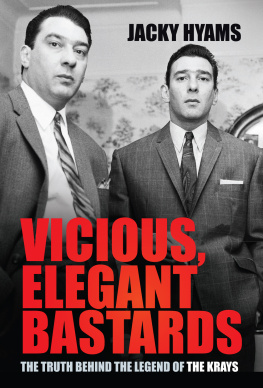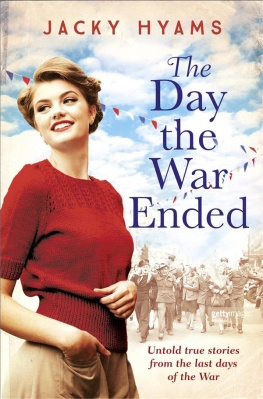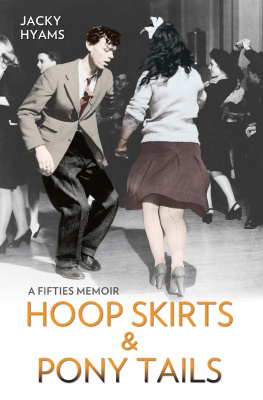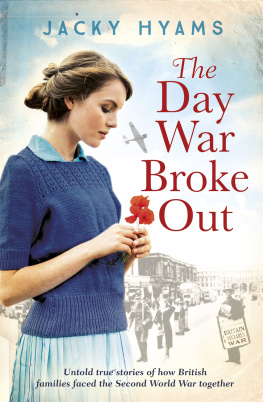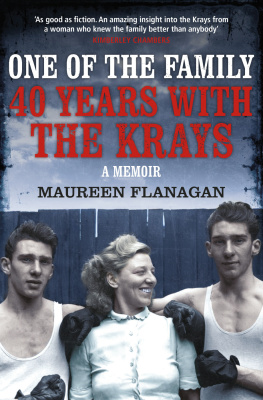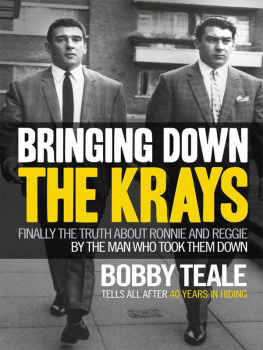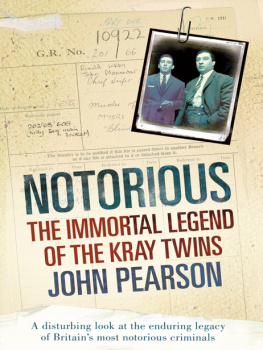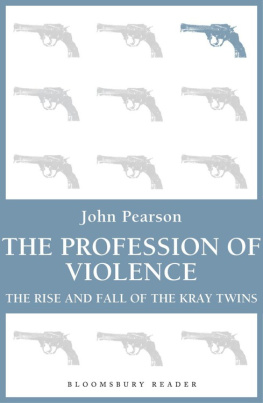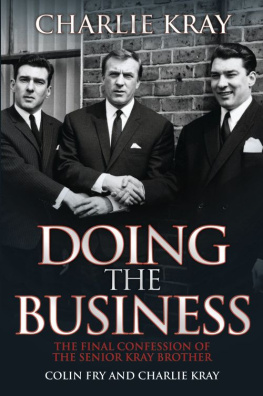Contents
Guide
First published 2022
The History Press
97 St Georges Place, Cheltenham,
Gloucestershire, GL50 3QB
www.thehistorypress.co.uk
Jacky Hyams, 2022
The right of Jacky Hyams to be identified as the Author of this work has been asserted in accordance with the Copyright, Designs and Patents Act 1988.
All rights reserved. No part of this book may be reprinted or reproduced or utilised in any form or by any electronic, mechanical or other means, now known or hereafter invented, including photocopying and recording, or in any information storage or retrieval system, without the permission in writing from the Publishers.
British Library Cataloguing in Publication Data.
A catalogue record for this book is available from the British Library.
ISBN 978 0 7509 9990 8
Typesetting and origination by The History Press
Printed and bound in Great Britain by TJ Books Limited, Padstow, Cornwall.
eBook converted by Geethik Technologies

CONTENTS
ACKNOWLEDGEMENTS
Support and encouragement were an all-important focus in writing this book.
I am immensely grateful to Lew and Judy Chester, Micky Fawcett, Christopher Lambrianou, Wayne Lear, Debbie Bright, Carolyn Reul, Tim Greenhalgh, Jilly and Roger Stevens, Timothy Anderson and George Dearsley for their consistent support, getting me through the ups and downs of the day-to-day writing life.
I am also very grateful to Milo OConnor and his mother, the remarkable Nemone Lethbridge, for their help in recalling those early years. Commissioning Editor Mark Beynons support throughout was invaluable.
A huge thank you also goes to Ray Rose for his diligent, painstaking research into many aspects of the Kray story.
My thanks, as ever, are to the brilliant teams at The National Archives, Kew, Brighton Jubilee Library, Hove Library, Hackney Archives, Bishopsgate Institute, Spitalfields Life, East London Advertiser and Tower Hamlets Archive.
Inge and Paul Sweetman, Suzanne, Isobel, Caitlin and Holly at Hoves City Books also merit the warmest thanks for their unseen but nonetheless valuable contribution to my endeavours.
INTRODUCTION
In the late 1960s I found a flat to share above a bakers shop in St Johns Wood. It was tiny, grotty and boasted mice in the kitchen, but since we were rarely at home, it was livable, a fine area for two miniskirted twenty-somethings. My flatmate, Rosemary, had a responsible job in an employment agency. But she had an odd taste in men. Once, I came home at night to find a strange, white bandage lying on the living room sofa. It looked like the sort of thing youd use to cover a mans thumb. Rosemary was nowhere to be seen.
Whats that bandage? I asked Rosemary when I saw her the next day.
Oh, its from Pete, she said, slightly embarrassed. Its for his thumb, but sometimes he leaves it off.
How come? I asked innocently.
Well he had his thumb chopped off. By the Krays.
I could only laugh. Another connection to all the Kray stories Id heard. I didnt remind her about those stories. Everyone around us knew who the Krays were, what they did. As for Rosemary, women fell in with bad or naughty men who might cross even naughtier men. It happened.
I only met Pete the Thumb once. He was dark haired, charismatic, loved poetry, books and smoking hash. For a while, he was in Rosemarys life. I told my boyfriend of the time about The Thumb; hed grown up in the East End too. He was horrified at the mention of the Krays, thought Rosemary was dicing with danger.
Not long after, Pete vanished. Rosemary didnt know what had happened. He just stopped ringing her. She didnt know where he lived or anything. I knew shed really liked him, the thumbless man, spouting poems to her. I think he might be back in prison, she said one time. That was the end of it really. She never heard from him again.
I touched upon the Kray saga again in the early 1970s when John Pearsons book, The Profession of Violence, came out. I was astonished to learn that Reggie Kray possessed first-class skills as a businessman. That didnt quite sit with what Id heard at home. After that the Krays, for me, became inhabitants of a far-off planet, the long ago past. A history Id disowned, more or less, when moving abroad for many years.
A lifetime later, in 2012, it was a single black and white image that triggered a strong reaction, a powerful instinct to know and understand so much more about the Kray twins.
That image, taken after the church wedding of Reggie Kray and Frances Shea in 1965, depicts the stunningly attractive young bride, her looks, her hair, her kohl-rimmed, beautiful eyes as shimmeringly iconic as the era, her all-too-brief history mostly unknown and enigmatic.
Just over two years later, the beautiful bride was gone. She had killed herself. Here was a dramatic and tragic East End story that had never been fully unravelled, even in the many books published about the Krays. John Pearson had briefly chronicled her tragedy. A 1980s movie told part of her story. Reggie Kray mentioned her in the books he co-wrote, to be sure, but how much of that was an embellishment of the truth?
By 2012 the Krays were long gone. It seemed to me there was every reason to try to discover more, learn the truth behind the tragic demise of this beautiful girl.
Finding even part of that truth turned into a long, complicated year or so. This wasnt in the least surprising. As a writer approaching the Kray environment, seeking out those who were around in those times to give their view of the thousands of anecdotes and published facts, resilience was a prerequisite to locate a small number of people who not only knew those times, but were willing to talk about them. Many approaches failed; people just clammed up. A few angrily demanded recompense and terminated the phone call when I explained this wasnt part of my research.
There were, of course, plenty of others, younger people who knew them as part of the ongoing procession of fascinated visitors from everywhere who had written asking to visit the twins in the thirty-odd years they were behind bars. The twins lapped up meeting their fans as well as well-known individuals, journalists and writers. The pair were dedicated users and incarceration for murder didnt stop them from using anyone and everyone who wrote or visited. Throughout those years a big tabloid newspaper story, for the Krays, was like an infusion of blood, money and even more publicity.
Blame the media if you will but once the twins had caught the public imagination, the fascination became relentless. Twin gangsters. Killers. Cockneys. Adored their mum. All in the Swinging Sixties.
What I learned in looking back to unravel Frances story turned out to be a tragedy of Shakespearean proportions. Piecing together certain aspects of it, many discovered in The National Archives, proved disturbing, haunting. The Krays didnt literally kill Frances Shea. Or her surviving family. But they did a good job of wrecking her familys equilibrium for the rest of their lives.
Even today, no one knows for sure how many other people were killed by the Krays. That should be taken into account too. What Frances story underlines is the unheralded, barely known families of all those whose lives were wrecked by Kray crimes. Those families didnt have much of a voice back then. No family liaison officers around in those days.

